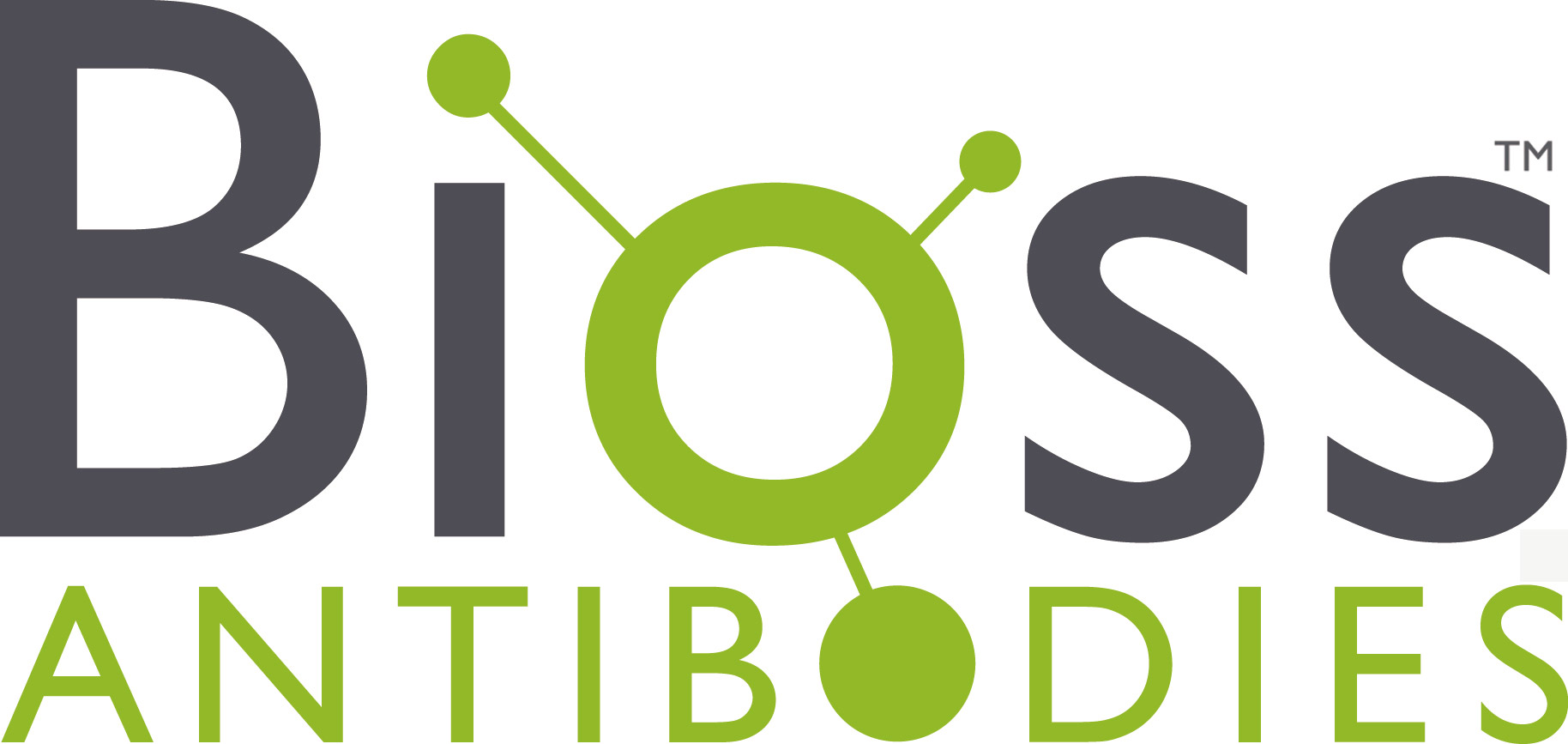
www.bioss.com.cn
400-901-9800
sales@bioss.com.cn
techsupport@bioss.com.cn
400-901-9800
sales@bioss.com.cn
techsupport@bioss.com.cn
Rabbit
Anti-AGPAT5/BF647
Cat. Number:
bs-12451R-BF647
Quantity size:
100ul
Concentration:
1mg/ml Buffer = 0.01M TBS(pH7.4) with 1% BSA, 0.03% Proclin300 and 50% Glycerol.
Background:
Phosphatidic acid and lysophosphatidic acid are phospholipids involved in lipid biosynthesis and signal transduction. LPAAT-epsilon (lysophosphatidic acid acyltransferase epsilon, also designated 1-AGP acyltransferase 5 (AGPAT5)) catalyzes the synthesis of phosphatidic acid from lysophosphatidic acid. LPAAT-epsilon is a membrane-bound protein belonging to the LPAAT family. Members of the LPAAT family have a well-known role in lipid biosynthesis and they may also play a role in tumor progression. LPAAT-epsilon is expressed in a tissue-specific manner in prostate and testis. LPAAT-epsilon is most closely related to AGPAT8, which is highly expressed in heart.
Also known as:
1 acyl sn glycerol 3 phosphate acyltransferase epsilon; 1 acylglycerol 3 phosphate O acyltransferase 5; 1 AGP acyltransferase 5; 1 AGPAT 5; 1 AGPAT5; 1-acyl-sn-glycerol-3-phosphate acyltransferase epsilon; 1-acylglycerol-3-phosphate O-acyltransferase 5 (lysophosphatidic acid acyltransferase, epsilon); 1-acylglycerol-3-phosphate O-acyltransferase 5; 1-AGP acyltransferase 5; 1-AGPAT 5; 1acylglycerol3phosphate Oacyltransferase 5 (lysophosphatidic acid acyltransferase, epsilon); 1acylglycerol3phosphate Oacyltransferase 5; 1acylglycerol3phosphate Oacyltransferase5 (lysophosphatidic acid acyltransferase, epsilon); 1AGP acyltransferase 5; 1AGPAT5; AGPAT5; LPAAT e; LPAAT epsilon; LPAAT-epsilon; LPAATE; Lysophosphatidic acid acyltransferase epsilon; PLCE_HUMAN.
Specificity:
●
Rabbit Polyclonal IgG, affinity purified by Protein A.
●
Reacts with:
(predicted: )
●
Immunogen: KLH conjugated synthetic peptide derived from human LPAAT-epsilon/AGPAT5.
●
Predicted Molecular Weight: 42kDa.
Storage:
0.01M TBS(pH7.4) with 1% BSA, 0.03% Proclin300 and 50% Glycerol. Store at -20 °C for one year. Avoid repeated freeze/thaw cycles. The lyophilized antibody is stable at room temperature for at least one month and for greater than a year when kept at -20°C. When reconstituted in sterile pH 7.4 0.01M PBS or diluent of antibody the antibody is stable for at least two weeks at 2-4 °C.
Application:
Excitation spectrum: 647nm
Emission spectrum: 666nm
Not yet tested in other applications.
Optimal working dilutions must be determined by the end user.
Important Note: This product as supplied is intended for research use only, not for use in human, therapeutic or diagnostic applications.